PyCharm vs. VS Code: A Detailed Comparison for Choosing the Best Python IDE
One of the most widely used programming languages in the world is Python. It is also considered to be incredibly easy to learn. It follows that it is not strange that many individuals start their programming careers with Python.
Python is incredibly adaptable, user-friendly, and has a simple syntax. Its community has created several libraries and frameworks to support it.
On the other hand, choosing an integrated development environment (IDE) or editor can be difficult for beginners. Although Python has many IDEs and code editors, PyCharm and VS Code have remained favorites among developers over time.
Both PyCharm and VS Code are excellent Python code editors. However, while PyCharm is an IDE, VS Code is a code editor that, through extensions, offers a similar experience to an IDE.
The following factors will be used to compare PyCharm with VS Code in this article: price, memory usage, installation procedure, code management, extensions, and Git integration.
We will cover the following:
- What is PyCharm?
- What is VS Code?
- Features Common in PyCharm and VS Code
- PyCharm vs. VS Code: A Comparison
- Which Provides Better Support for Advanced Python Features?
What is PyCharm?
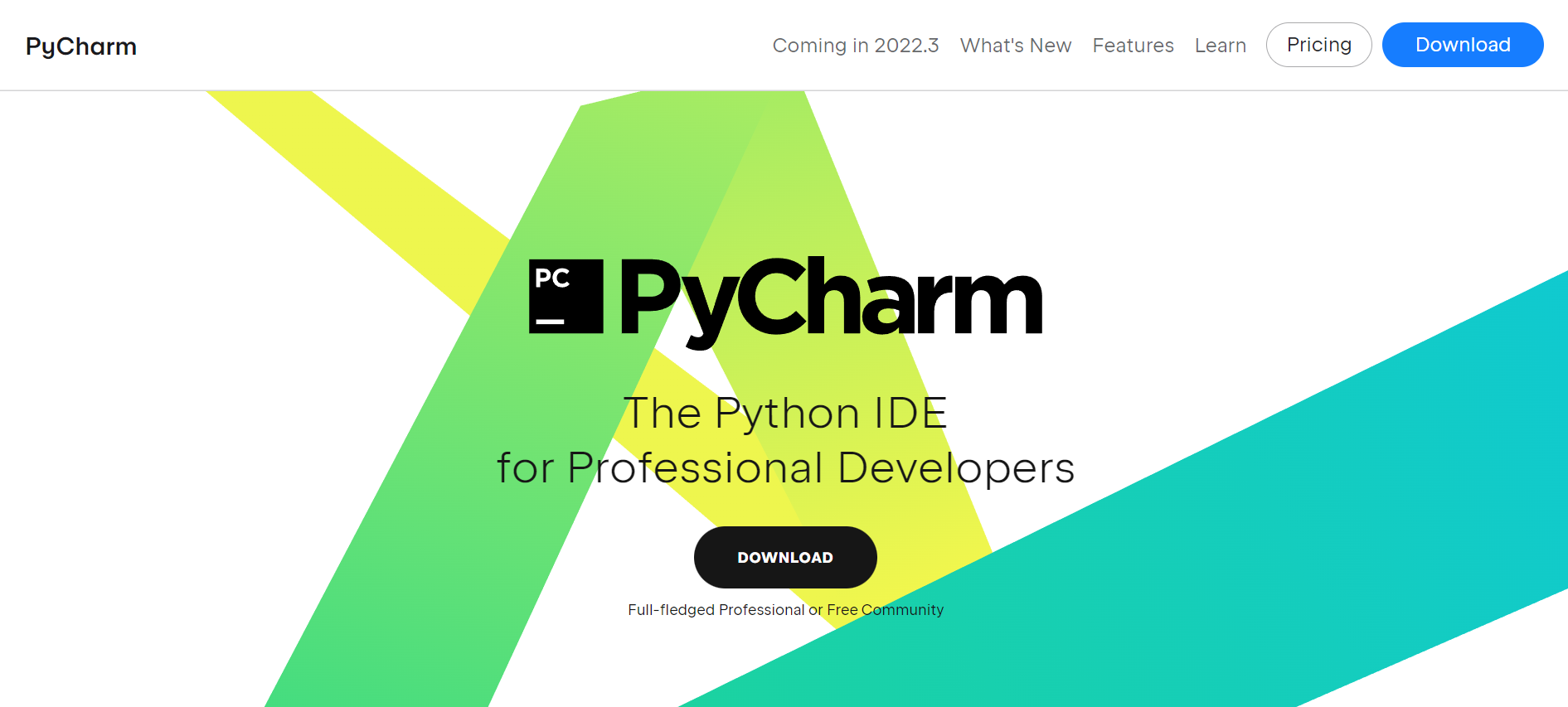
One of the best IDEs for Python is PyCharm. This is because PyCharm was designed exclusively for Python, and all of its plugins, extensions, and extra features are focused on making Python coding more efficient.
Oracle and MySQL are two of the databases that are already pre-integrated with PyCharm. Additionally, it features an excellent auto-completion tool that, assuming you know what you're attempting to accomplish with your code, can help you write and edit code faster.
A fantastic debugger that suggests fixes and auto-fills them is another highlight of PyCharm. Additionally, there is no need to switch windows between editing and bug-checking because the application is a compiler in and of itself.
This greatly improves the process' overall elegance while reducing the amount of time spent on what is frequently regarded as coding's most irritating component.
You might anticipate there wouldn't be any drawbacks given how closely PyCharm adheres to the Python experience. However, there are a few things worth pointing up.
Arbisoft explains that PyCharm uses a lot of resources. Even when it is not in use, it can use up to 1GB per minute, and there is a significant latency when the software starts.
The fully loaded edition of PyCharm is a steep price to pay, even while losing some speed and power isn't that bad. The Unlimited Pro version of PyCharm costs $199 per year and is a substantial piece of software.
There is a free version of the program on the market, but it essentially turns it into a simple Python IDE. Debugging, building, and even some auto-fill features are still available, according to i-Programmer. However, the Unlimited Pro Version's duplicate code detection and access to select databases are no longer available.
PyCharm is a fantastic application made to handle Python as gracefully as possible, even with the high price tag. The software's objective is to give users a platform where they can rapidly and effectively write and edit substantial quantities of Python code and make the most of their available time while programming. We consider the functionality included in PyCharm to be well-implemented.
What is VS Code?
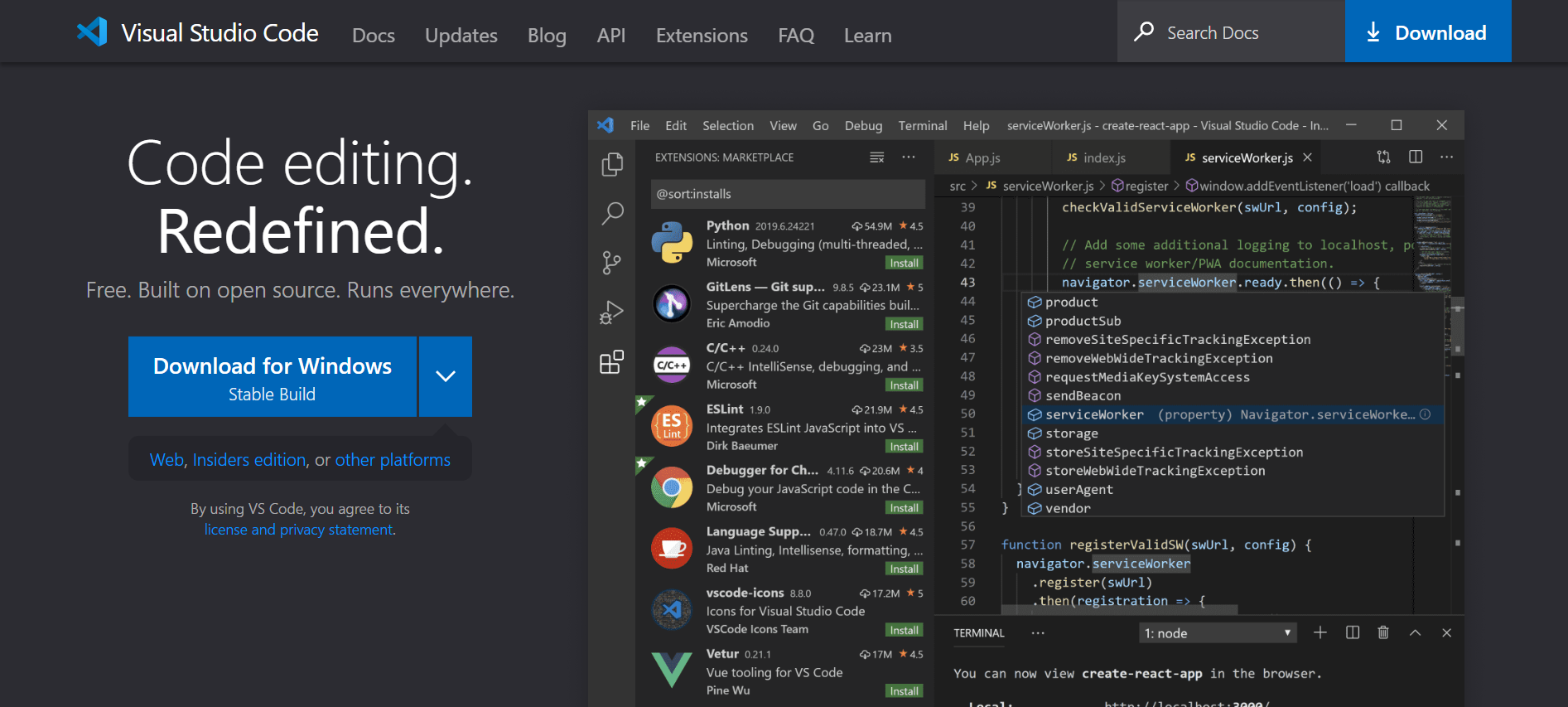
As was previously said, VS Code is a type of text editor. However, there is some overlap between its text editing features and IDE-like features. According to a helpful user on Stack Overflow, VS Code frequently gets confused with an IDE because it features a debugger and the ability to build several languages.
However, plugins are necessary for the compilation of features of Visual Studio Code. Therefore, VS Code is not strictly an IDE because the compiler isn't an integral component of the system and because it supports a sizable number of languages rather than focusing on a small number.
Despite all of this, VS Code and PyCharm are very similar. Both applications offer extremely helpful debugging software, Git integration, and code completion.
Although VS Code lacks some of the more specialized features of PyCharm (such as support for Django), it is a far lighter tool to run than PyCharm and is ready to use right out of the box.
Additionally, VS Code contains more than 16k plugins, whereas PyCharm has just about 1700, providing practically limitless opportunities for experimentation.
Since PyCharm requires an ongoing fee, which is not the case with Visual Studio Code, you have access to thousands of resources and can completely customize your experience without having to pay anything upfront.
Common Features in PyCharm and VS Code
Let's examine the similar features between them.
- Auto Code Completion
It is possible to integrate these IDES with code completion tools like Tabnine and Kite. Any identifier can have Intellisense (autocomplete) enabled by hovering over it. Each definition, variable, class, and so on have documentation available for viewing. - Regexes Support in Code Search
With a single click, you can search through files, rename a class or function (or variables), or extract a method from the entire class. - User Code-Defined Code Snippets
When looking for snippets, both feature an integrated snippet library that will be useful. When creating unique code snippets, the resources are really beneficial. - Code Inspection and Debugging
With only one click due to this feature, you can easily navigate to a function or method definition or an imported module. - Code linting/Static Code Analysis
Before releasing the code to production, static code analysis makes it simple to detect compile-time or even run-time issues in the code. - Git Integration
Git enables team members to work independently on their contributions while yet having the ability to communicate changes. Gits like GitHub and Bitbucket are supported by PyCharm as well as VS Code. - Syntax Highlighting and Parentheses Matching
Programmers can quickly determine which parentheses are opening and closing due to syntax highlighting and set matching. - Autopep8 Support and Code Formatting
With Autopep8, programmers can input text without being concerned about potential errors while also saving time by avoiding laborious manual coding from scratch. - Command-line Tool
The built-in terminal makes it simple to use command-line tools and to run build commands instantly without having to navigate between windows or start a different application.
PyCharm vs. VS Code: A Detailed Comparison
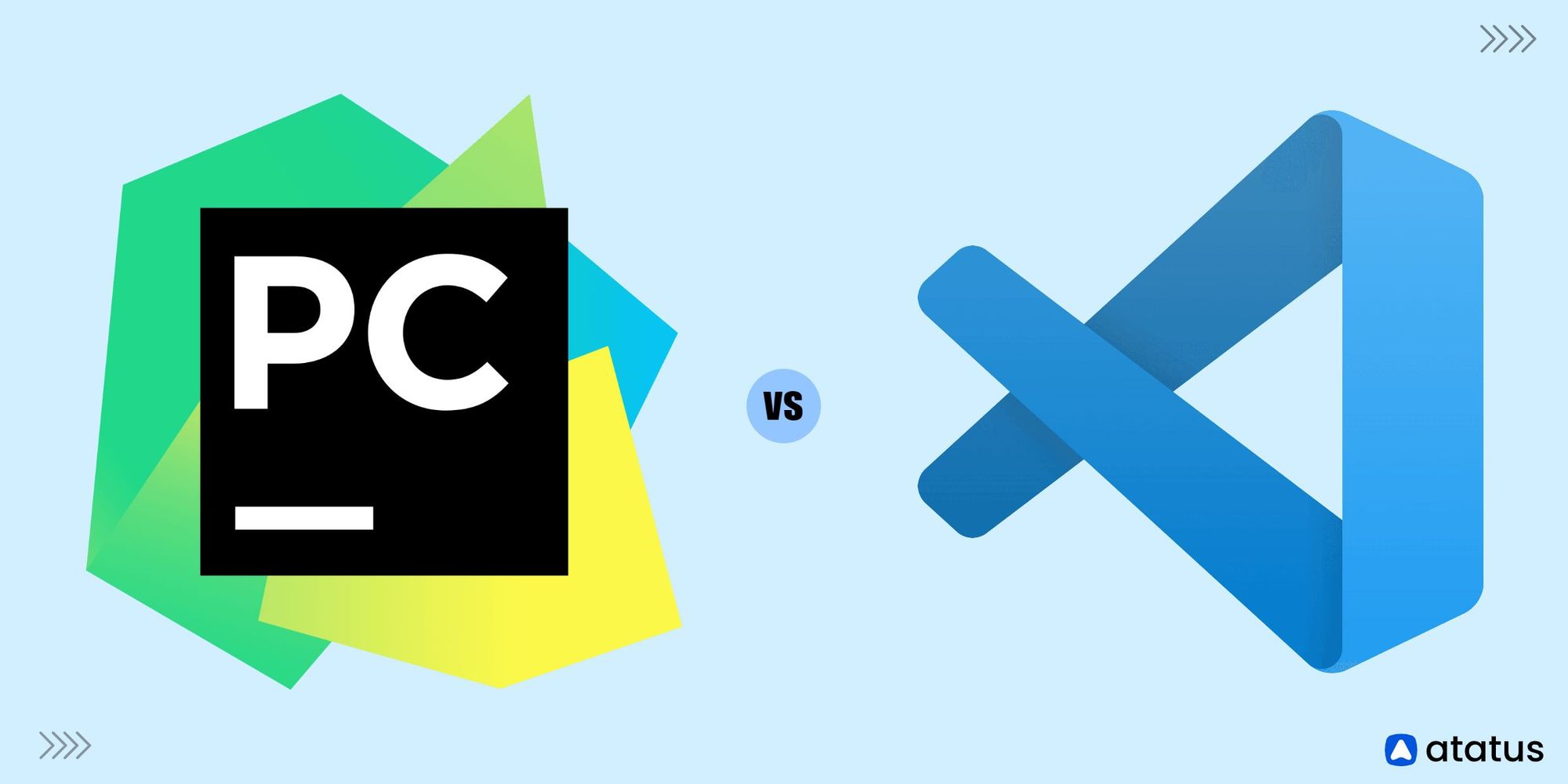
Python is a very well-liked programming language, and two of the most popular IDEs/editors at the moment are PyCharm and VS Code. So, here, we'll go over a few things that will help you choose an IDE more wisely.
#1 Performance
When using PyCharm to run a Python project, it uses a significant amount of RAM. Depending on the size of the project, it can easily use at least 1 GB, whereas VS Code uses RAM in MBs and is less memory intensive.
As the project expands, PyCharm uses up more memory and operates slowly. In contrast to PyCharm, VS Code is a lightweight editor with a very responsive user interface that enables you to work on numerous files at once.
On the other hand, PyCharm is not appropriate for PCs with modest configurations because it depends heavily on graphical aspects to display its features. It uses a lot of memory and CPU time during startup and takes some time to stabilize.
#2 Extensibility
VS Code's functionality can be increased by using plugins that are available on the marketplace. There are literally several plugins available to complete a single task.
The Python - Plugin must be installed in VS Code for it to support Python, as it is not natively supported. The plugin has been downloaded from the marketplace many million times as of the time of writing the post.
PyCharm also has out-of-the-box plugins, but the community is smaller than that of VS Code.
#3 Learning Curve
While VS Code supports numerous perspectives for creating code, PyCharm's user interface has a more app-like feel. If you use VIM, VS Code makes it easy for you; all you need to do is install VS CodeVIM from the marketplace to be able to execute all VIM commands.
By pressing Ctrl + Shift + P, any code snippet from your editor can be run. By hitting Ctrl+', the terminal that is incorporated into VS Code can be accessed.
PyCharm interface is clean and simple. It is quite simple to open the code editor and begin creating the first PyCharm project.
A feature similar to VS Code's is the PyCharm console. Python commands can be executed relatively quickly and the results can be seen without switching between windows.
We would suggest PyCharm if you are a novice seeking to start programming and have limited experience with IDEs. The new functionalities offered by PyCharm might not appeal to seasoned developers.
#4 Price
PyCharm from JetBrain comes in three versions. The professional edition for individuals, for example, has yearly fees of $89 for the first year, $71 for the second, and $53 for the third year and beyond. The professional edition for businesses has a one-year price of $199, a two-year price of $159, and a subsequent price of $119.
Both the PyCharm Community and the Edu Editions are open source. Both versions, however, are deficient in several features, including database support, a Python profiler, support for remote development, duplicate code detection, and various web development tools.
The open-source project VS Code, on the other hand, is free for both private and commercial use. No matter what kind of project or language you plan to use VS Code for, features like version control, third-party integrations, and bug tracking are included out of the box.
The necessary plugins for your Python project must be manually installed because VS Code doesn't come with any pre-loaded plugins. You are free to install as many plugins as you need or wish.
#5 Code Completion and Highlighting
The PyCharm IDE offers a real-time syntax-checking tool that, despite using a lot of memory, enables you to run syntax checks as you type your code, identify problems in real time, and complete them.
Amazing VS Code functionality called IntelliSense gives users contextual information as they type. This makes it possible for functions and variables to autocomplete, and it also saves time by offering ideas as you type.
#6 Code Management
PyCharm delivers a range of tools all in one product, beneficial to any programmer working with python applications or scripts as well as web development using web frameworks like Django or Flask.
Code completion, smart indenting, debugging support (through PyCharm Debugger), and best for beginners are some of the features. Git, an integrated version control system in PyCharm, is incredibly useful when you're working on software in a collaborative environment.
Since VS Code does not come with built-in Git integration, you must install a plugin like Vscodium or Git-Plus. Once the extension is installed, all fundamental Git functionalities are available, including the ability to "check out" partial commits into either the local codebase or a remote git server without permanently changing any files on disk.
#7 Refactoring
Both VS Code and PyCharm have an effective refactoring option. Both provide support for functions such as class definition, file variable renaming, debugging, function extraction, goto function definition, etc.
An interactive debugger in Pycharm can quickly identify issues before they affect live programming. Its refactoring feature is extremely powerful, making development simpler and requiring less work from developers when modifying or upgrading existing codes.
Once the Python extension has been installed in VS Code, it offers all the fundamental capabilities required to turn VS Code into a complete IDE for Python. Support for Django, Flask, and Pyramid is also made possible by the plugin.
#8 Cross Platform Compatibility
You can use PyCharm and VS Code on your desktop at home and your laptop while traveling because they are both available for Windows, Mac OS X, and Linux.
Since VS Code is open source, using it is free. It provides plugins and extensions that give the editor further features. Additionally, it comes with a variety of thorough color-coded themes.
#9 Memory Usage
You want to pick a tool that will work smoothly on your computer system without causing it to lag, use little RAM, and take up little space.
Approximately 372MB must be downloaded to download PyCharm's community edition, which may not seem like much. However, PyCharm uses roughly 400MB of memory when we use it on a computer, which is a considerable amount in our opinion.
However, VS Code is incredibly light, requiring only 76.2MB to download and using only roughly 40MB of the computer's memory.
PyCharm took roughly three to five minutes to load and open on a computer, but VS Code launched right away, most likely due to the size difference. The difference is clear. VS Code is a superior choice if controlling your computer's resources is a primary priority.
#10 Initial Setup
Both PyCharm and VS Code installation are simple. However, Microsoft produced VS Code for language polyglots while PyCharm was specifically designed for Python. As a result, it won't take much for you to start writing code once PyCharm is on your system.
You'd need to examine and download several extensions, including Python, Python Indent, Python Snippets, and others, to build up VS Code according to your Python needs. However, doing so allows you greater control over the composition, activities, and appearance of your workplace.
Beyond setup, we have discovered VS Code to be simpler to use, comprehend, and work with due to its user-friendly, warm interface. You can simply discover any function or feature you need by searching for it, and it doesn't look to be cluttered.
#11 Database Integration
You can access databases like MySQL, Oracle, PostgreSQL, and others from within PyCharm by using a plugin called Database Navigator. You can establish a database connection, send queries to a database, receive database objects, and more using the PyCharm Database Navigator. But you have to buy the professional edition to access this.
VS Code supports database integration through the usage of the SQLTools extension. However, there is still an opportunity for improvement in VS Code's integration. It could be challenging for a novice to use or navigate, and it is prone to problems. The database integration in PyCharm, however, appears to be more complete.
#12 Git Integration
To store and edit their projects, developers require a version or source control system.
It should come as no surprise that VS Code and PyCharm both enable Git integration. The app allows you to do a variety of things using Git, like build a new repository, clone an existing repository, open an existing repository, stage changes, commit changes, check out to a different branch, and create pull requests.
Both tools have fantastic GitHub support, so we are not sure which is better.
Which Provides Better Support for Advanced Python Features?
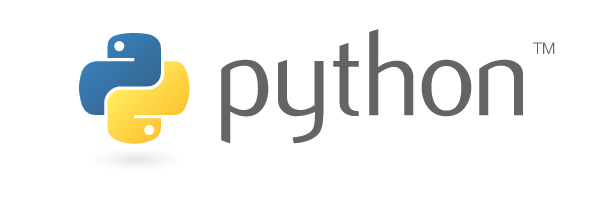
JetBrains almost has a monopoly on this marketplace. The moment we start talking about advanced features, we are automatically straying into the realm of premium features.
A PyCharm professional personal license, or one you pay for yourself, currently costs $199 per year, with some price reductions in coming years.
On their product comparison page, you can find a detailed description of everything the Community Edition is lacking. Remote development was already stated as one such.
Support for web development is one important difference. This is a premium feature in PyCharm, but VS Code's success is greatly influenced by its outstanding support for HTML, JavaScript, and TypeScript.
In VS Code, each of these features is free. Why then do we still list PyCharm as the category winner? We do this because, once you pay to allow more plugins in PyCharm than just Python support, many tasks become quite simple.
For instance, PyCharm makes debugging Python code in a Docker container essentially as simple as pulling down menus, but VS Code requires much more extensive preparation.
Of course, there are some situations in which PyCharm's Community Edition is superior. The convenience of setting up tests and the debugging features that have already been highlighted spring to mind.
If you have money to invest in a premium IDE, PyCharm is the best. If not, try VS Code.
Conclusion
Tools like PyCharm and VS Code are pretty different. PyCharm is useful for both experienced developers and newbies who can utilize the community edition to get features that are simple to use.
The solution is currently no longer free, however, the professional edition offers both advanced Python capabilities and support for other languages. The drawbacks of this editor include the fact that it is not a Swiss-army-knife editor like VS Code and that the remote development features are less useful.
On the other hand, VS Code has a much more robust ecosystem of plugins, excellent support for remote development, and is a tool you can use repeatedly to easily write documentation and work in many languages. It is "good enough" for Python-specific tasks, although PyCharm offers greater refinement and usability.
PyCharm is the way to go if you want a powerful, focused, and well-configured Python development environment. However, VS Code is preferred if you want something lightweight with the ability to customize.
Both are excellent tools that, depending on how you choose to utilize them, can be used for a variety of tasks.
Atatus Full Stack Python Performance Monitoring
Atatus tracks every request made to your Python applications without requiring you to modify the source code. Find out exactly how your methods, database queries, and outside requests affect your users' experience. Python Monitoring can track the amount and type of HTTP status code failures and application crashes.
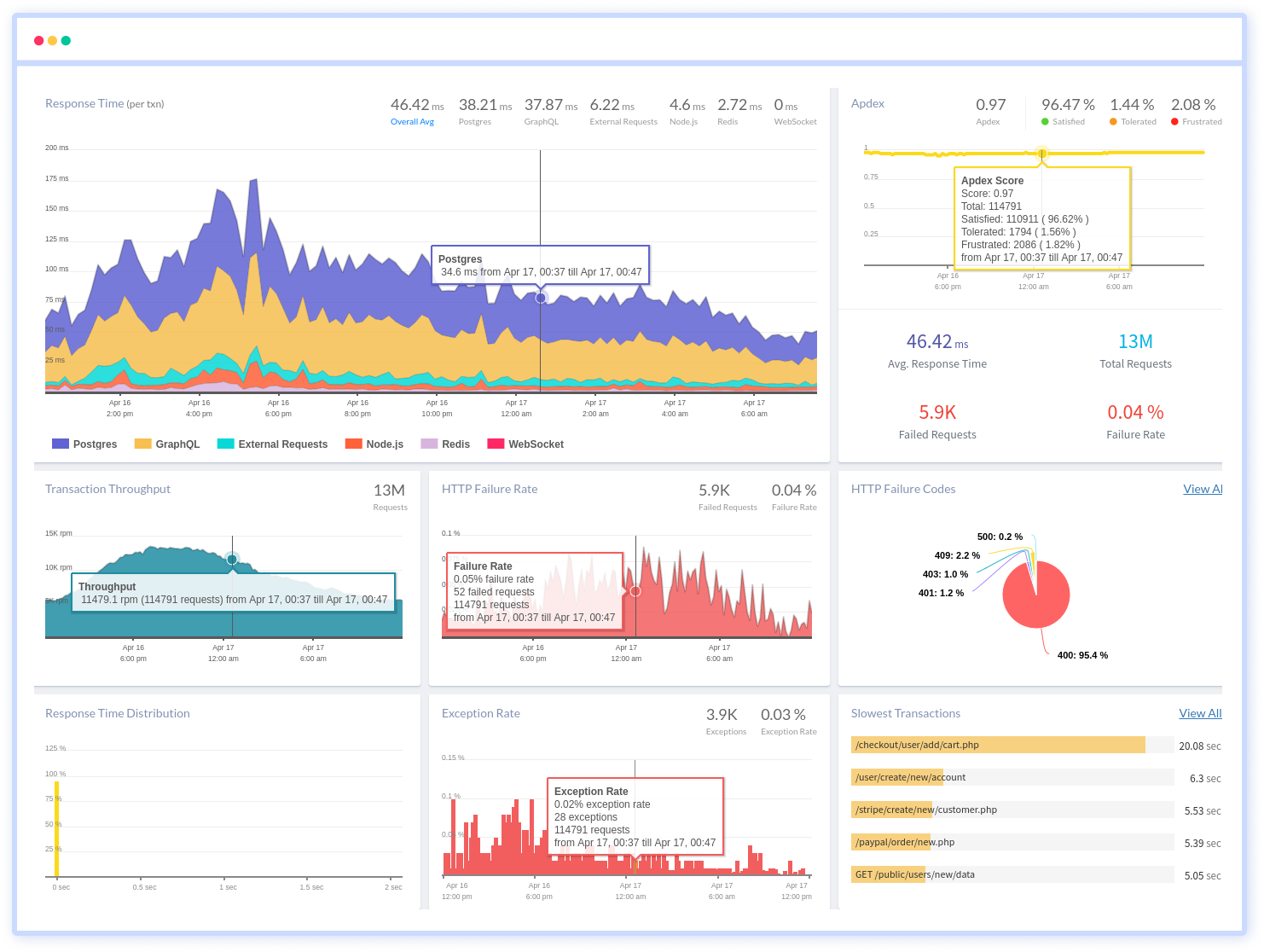
Every Python error is recorded via error tracking, full stack traces are captured, and the exact line of source code is marked to facilitate bug fixes. Analyze API failure rates and application crashes to spot unstable APIs or outside services. Receive notifications for application exceptions and errors by email, slack, pagerduty, or webhooks.
#1 Solution for Logs, Traces & Metrics
APM
Kubernetes
Logs
Synthetics
RUM
Serverless
Security
More





